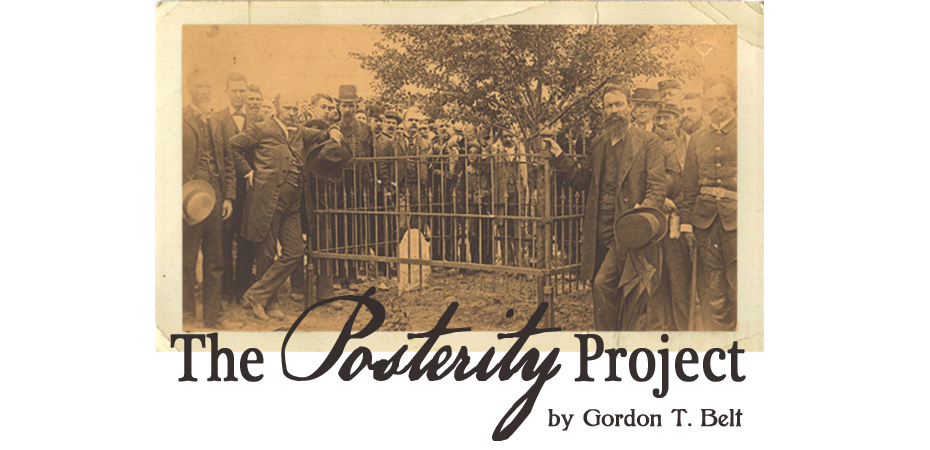I posed this same question to my fellow colleagues on the Society of Tennessee Archivists Facebook page and received some interesting responses. Many of the replies were in favor of this colorized vision of the past. Here's a sampling of the responses:
"I don't think of them as distorting, we have the photos that are part of the historical photo taken with the period technology. Colorized does make them seem more real to me. There are shows that take skulls and try and recreate what King Tut looked like or some other person before photography. I am speaking as a teacher and colorizing helps teach."
"When I was little, because I watched old movies, I thought the skies were always overcast in the "olden" days. I was glad I didn't live back then. Black and white is just one way of recording history. All forms distort the past in some way, written, audio, imagery, because they only represent one or two viewpoints. The photos that are done by an artist who dutifully researches are actually adding back some context and maybe one more viewpoint."
"...It's hard for many of us to visualize things other than how we see them. It's hard to imagine a black and white movie as color unless it has actually been colorized. I look at this a little like music. Musical themes can be scored for concert bands or symphonies, rock artists or country yet the theme remains essentially the same. As long as the originals are there for people to enjoy and evaluate if so desired, I don't mind artists colorizing the photos to help those who are visually oriented but have difficulty imagining it colorized. One example is the photo of Lincoln seated. I have always imagined him dressed only in black yet this colorization has him in a blue suit. I don't know if it is accurate or not but it has opened me to seeing Lincoln in a way I never imagined. I like that!"
 |
| "Abraham Lincoln, 1865." Image credit: 22 Words |
Judging from the initial responses to this question, I am clearly in the minority opinion. While I can certainly appreciate the artistry involved, I much prefer viewing historic images in their original form. Those old photographs have so much character on their own merit without the colorized effect.
A few other STA members agreed with me, and offered a defense of my contrarian opinion:
"All good points. Image manipulation comes in all forms and with all kinds of motives. And what determines how "real" it could be is of course subjective. Chalk it up to my sentimentality and passion for the past, but as a historian and educator, in the majority of cases I feel colorization adds a layer of artificiality to the original work. It creates a sense of (unnecessary) fantasy if the artists are merely guessing or making arbitrary decisions regarding what color and tint to use. In turn, it detracts the viewer from using his or her own thought process to imagine what the scene, person and overall environment actually looked like in color at the time. It takes the thinking and imagination out of the experience. I'm in the "why alter something that isn't broken?" camp."
"Looking at points in history through the eyes of modern technology allows an unfair understanding. You're no longer understanding that moment through the proper technology of that era, you're using modern imagery. I'm not for the colorization."
I must admit, however, to being a bit conflicted about this issue. A few months ago, my cousin shared with me his own colorized photo of my grandfather, who served in the European Theater during World War II. This image is one of my favorite photographs of my grandfather, and while the professional archivist in me recoils at the thought of "distorting history" like this, the colorized effect did tug at my heartstrings just a bit...
 |
| My maternal grandfather served heroically in the United States Army during World War II as a member of Company C in the 423rd Infantry. Author's collection. |
So what do you think? Does colorizing historic images bring the past to life, or does it distort history? I would be interested in reading your comments on this topic.

Gordon Belt is an information professional, archives advocate, public historian, and author of The History Press book, John Sevier: Tennessee's First Hero, which examines the life of Tennessee's first governor, John Sevier, through the lens of history and memory. On The Posterity Project, Gordon offers reflections on archives, public history, and memory from his home state of Tennessee.
